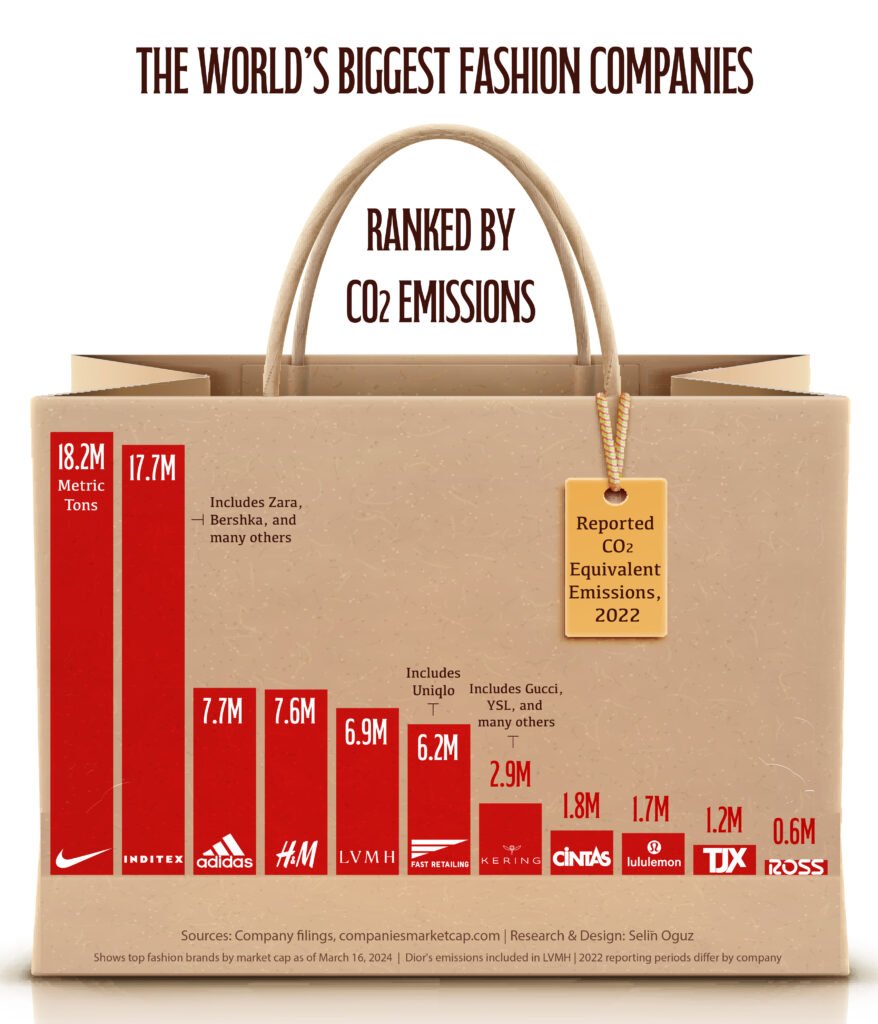Summary
Australia has released a comprehensive report detailing pathways to achieve net-zero emissions across various sectors by 2040 or 2050. The Climate Change Authority’s findings emphasize the importance of targeted strategies for transport, energy, and buildings to meet climate goals, aiming to limit global warming to 1.5°C. The report serves as a roadmap for policymakers, businesses, and investors to align efforts and investments in decarbonization.
Highlights -🌍
- Net-Zero Roadmap: Australia’s plan outlines sector-specific strategies for emissions reduction.
- Importance of Pathways: Provides a clear framework for achieving climate goals and encourages investment.
- Transport Focus: Emphasizes the transition to electric vehicles and public transport.
- Building Efficiency: Highlights the need for energy-efficient appliances and insulation in homes.
- Global Commitment: Aligns with international climate agreements to limit warming to 1.5°C.
- Diverse Solutions: Encourages a variety of approaches for emissions reductions across sectors.
- Future Targets: New emissions targets expected from the government in 2025.
Australia’s push for net-zero emissions received a welcome boost on Thursday, with the release of an official report showing how Australia can seek to cut domestic emissions across each sector of the economy.
The Climate Change Authority prepared the report, which provides vital scaffolding for Australia’s climate ambitions. Hopefully, it will inform the Australian government’s upcoming decarbonization plans for each sector of the economy, and its updated goal for emissions reduction out to 2035.
The pathways laid out by the authority show how emissions cuts can be made in sectors such as land use, resources, transport and energy. Importantly, the report shows what effective climate action looks like—and what Australia can achieve.
Read the report directly:






